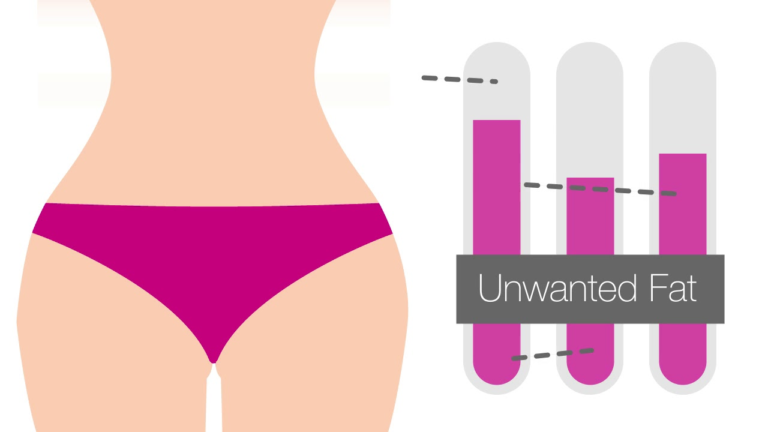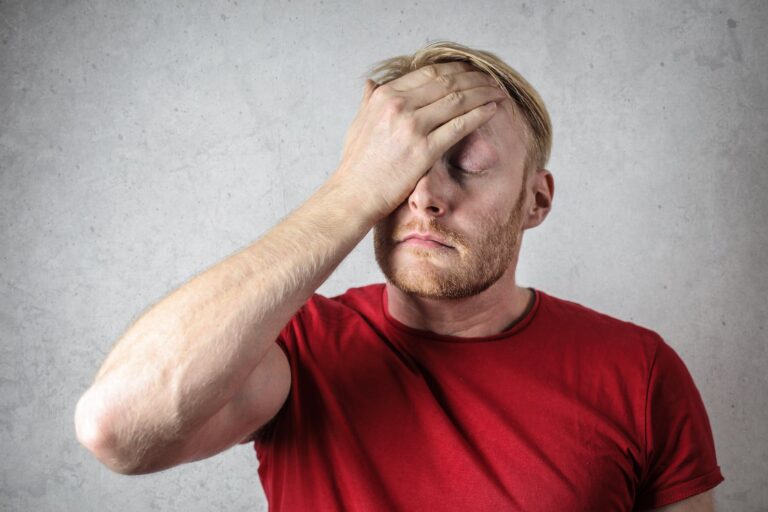Top 5 Ways to Spot Deepfake Images & Videos
The recently groomed artificial intelligence (AI) has risen so rapidly, and so has the possibility of this technology being utilised for malicious acts to manipulate people, which we’ve been witnessing for over the past couple of years in the form of deepfakes.
For those unversed, deepfakes are basically still images, videos or audios that are produced — using the AI — to imitate someone’s physical appearance or voice.
Because of the popular generative AI tools like DALL-E, Midjourney and OpenAI’s Sora, these deepfakes have begun cropping up more frequently during the past year or two, as mischievous-minded people have started creating deepfakes of prominent figures, stirring controversies around them, setting a pathway to drag them into wrongful scandals, and leaving a dent on their hard-earned reputation.
As people with massive following are not immune to this, you must have scrolled past the deepfakes of Pop Francis and Taylor Swift, more likely of the latter a few weeks back.
Provided the technology is evolving and getting better with the passage of time, it appears that there is nothing to rein in this predicament anyhow; however, there are still ways to recognise and spot deepfakes, which not only would help deter them from being believed and disseminated by masses, but also reduce the extent of public reprimand to the victim of a particular deepfake.
Top ways to spot deepfakes
Akin to any other technology, deepfakes too lack in some aspects, granting us a margin to detect them. So, set your worries aside as the technology, AI, used to produce a deepfake itself signifies that it is used to artify, fabricate something.
To stay on the safe side and considering that the technology has observed immense betterment when it comes to dealing with humans, you might need to pay heed to something other than hands and eyeglasses: Blinking pattern of eyes, skin texture, and movement of hands and shadows. These are the factors we’ve elaborated on for the best ways to analyse a deepfake listed below.
1. Have a closer look at faces
Firstly, deepfakes carry detectable flaws in fundamental elements that make a human human, like having six-finger hands, eyeglasses with uneven lenses. You can look for these giveaways to catch a deepfake.
One of these giveaways is the face of a person in an AI-backed recreation. What should be your entire focus on are the edges of a person’s face, particularly the mouth, because even if the deepfake is a master craft, it definitely would feature a mismatch between lip movement and the words being spoken by a person. Furthermore, what you can look at is the blinking pattern of the person’s eyes.
2. Observe the side poses
In deepfakes, side profiles of someone could be the best way to verify a human, because AI lacks significantly in creating a proper side profile, ultimately leaving huge instability in this area.
What justifies this claim are the remarks of Martin Anderson, who, while writing for Metaphsyics.ai, said most of deepfakes the company created failed obviously when the head of a person reached 90° and disclosed elements of the person’s actual side profile. He added that the profile view recreation fails because of a lack of good-quality training data about the profile.
3. Observe skin textures
Detecting a deepfake video can also be done by paying good heed to skin texture. When generating a deepfake, the human element which even highly trained AI algorithms failed to replicate are skin-related intricacies like pores and texture. Dr. Siwei Lyu, a computer science professor at the University at Albany, State University of New York, during an interview with The Washington Post said, “Deepfake detection methods leveraging skin texture analysis can offer promising results due to the difficulty in synthesising realistic skin textures.”
4. Look for context
Another factor that opens a big window to catch a deepfake is the context of the content. For instance, if the deepfake is about a celebrity, and it has the celebrity doing something offensive, immoral, something which does not match with the traits of his actual personality, or something which even a sane layman would not dare to commit, then that is the problem because someone with enormous following will never do something that will have a toll on his reputation.
5. Use AI
Backed by sophisticated algorithms, AI tools like Google SynthID, Intel FakeCatcher, Microsoft Video Authenticator, Reality Defender, and WeVerify Deepfake Detector can be of great help in detecting abnormal facial expressions, speech patterns, and contextual inconsistencies to detect deepfake videos and images. When the problem is driven by the human-made AI, why not use the same technology to combat it’s built upon.





